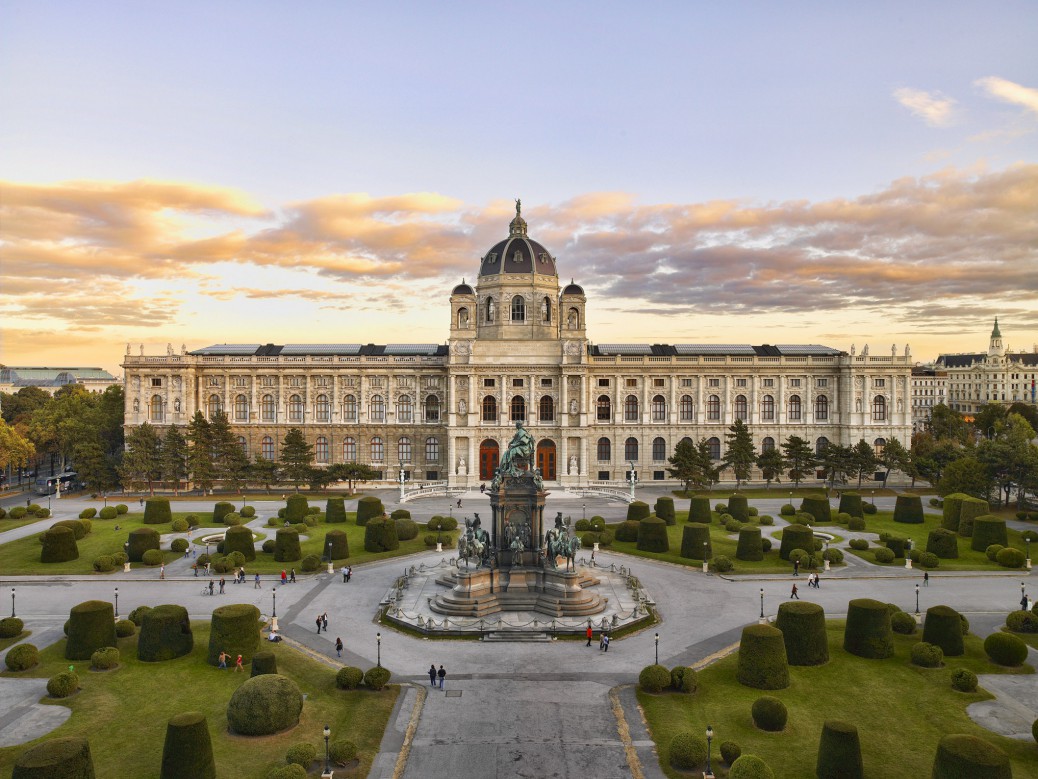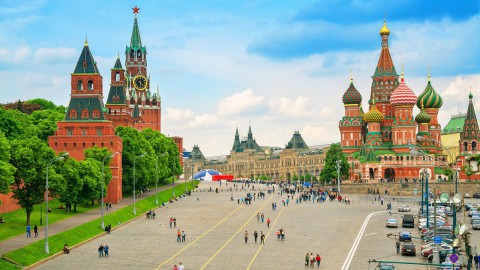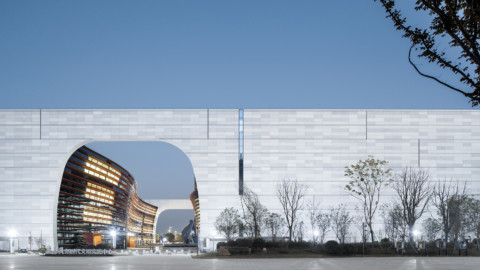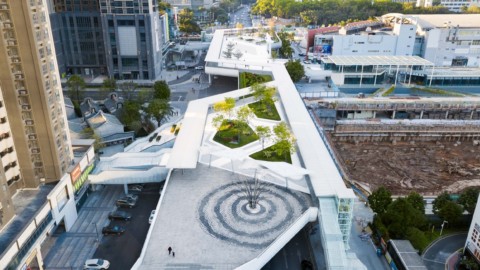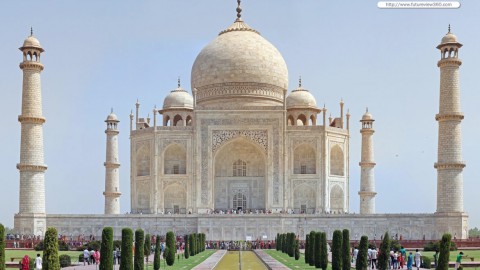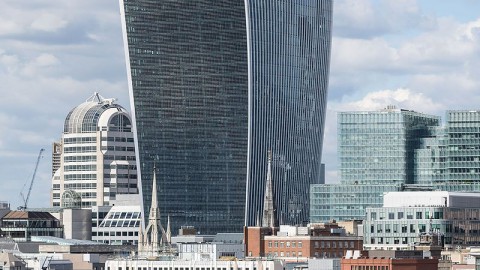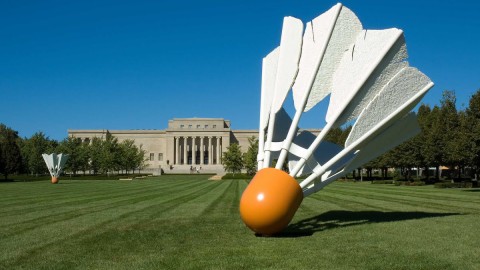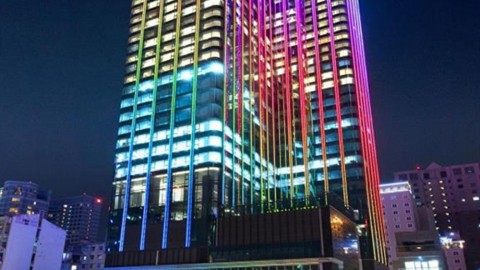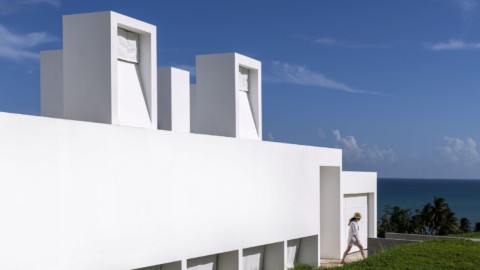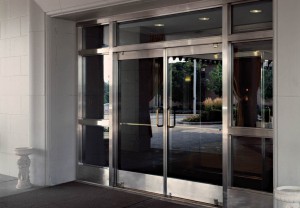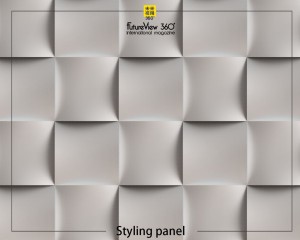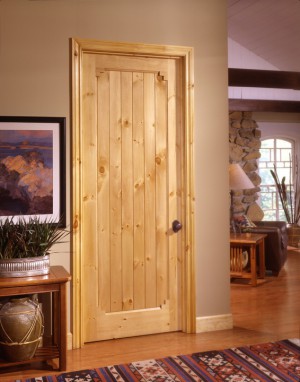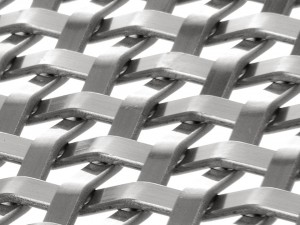Kunsthistorisches Museum 藝術史博物館
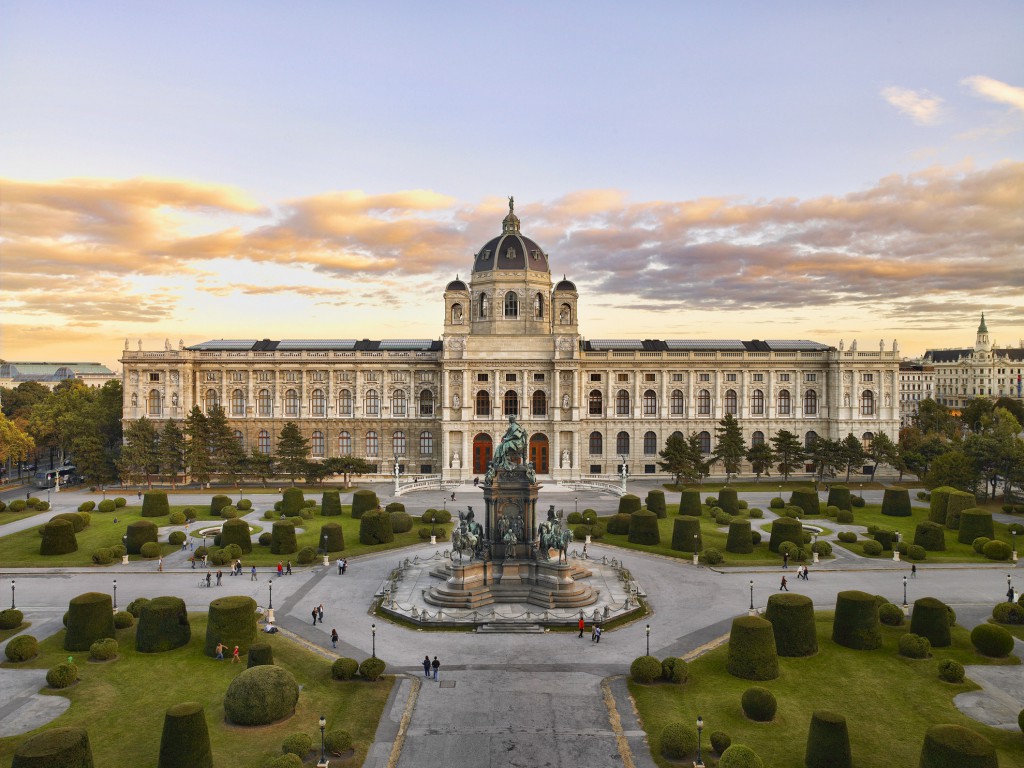
From: https://en.wikipedia.org/wiki/Kunsthistorisches_Museum
The Kunsthistorisches Museum (English: “Museum of Art History”, also often referred to as the “Museum of Fine Arts”) is an art museum in Vienna, Austria. Housed in its festive palatial building on Ringstraße, it is crowned with an octagonal dome. The term Kunsthistorisches Museum applies to both the institution and the main building. It is the largest art museum in the country.
It was opened around 1891 at the same time as the Natural History Museum, Vienna, by Emperor Franz Joseph I of Austria-Hungary. The two museums have similar exteriors and face each other across Maria-Theresien-Platz. Both buildings were built between 1871 and 1891 according to plans drawn up by Gottfried Semper and Karl Freiherr von Hasenauer.
The two Ringstraße museums were commissioned by the Emperor in order to find a suitable shelter for the Habsburgs’ formidable art collection and to make it accessible to the general public. The façade was built of sandstone. The building is rectangular in shape, and topped with a dome that is 60 meters high. The inside of the building is lavishly decorated with marble, stucco ornamentations, gold-leaf, and paintings.
Established 1871-1891
Location Vienna, Austria
Visitors 559,150 (2010)[1] Website http://www.khm.at
藝術史博物館(英文:“藝術史博物館”,也被稱為“美術博物館”)是奧地利維也納的一個藝術博物館。坐落在環城大道上的一座富麗堂皇的建築物上,上面有一個八角形的圓頂。 “藝術史博物館”一詞適用於機構和主樓。這是該國最大的美術館。
它在1891年左右與奧匈帝國的弗朗茨·約瑟夫一世同時在維也納自然歷史博物館同時開放。這兩個博物館有相似的外牆,面對瑪麗亞 – 特蕾西亞廣場。根據Gottfried Semper和Karl Freiherr von Hasenauer的計劃,這兩座建築物都是在1871年至1891年間建造的。
兩個Ringstraße博物館是由皇帝委託,為哈布斯堡王朝的強大藝術收藏品找到一個合適的庇護所,並讓大眾接觸到。外牆由砂岩建成。該建築呈矩形,頂部有60米高的圓頂。建築內部裝飾著大理石,灰泥裝飾,金箔和繪畫。
成立1871年至1891年
地點維也納,奧地利
訪客559,150(2010)
網站http://www.khm.at
NATURHISTORISCHES MUSEUM WIEN
From: Cristian MoralFrom: http://www.visitingvienna.com/sights/museums/kunsthistorischesmuseumbuilding/
The Kunsthistorisches Museum (Vienna’s main museum of art) was built as part of the extraordinary burst of construction activity that accompanied the development of the Ringstraße in the latter part of the nineteenth century.
The building took 20 years to complete and was officially opened in 1891. Its main purpose was to house the art collected by various imperial personalities over the centuries.
Of course, art of such high calibre deserved a building to match. Unfortunately, the suggestions originally proposed by various architects met with little enthusiasm. In the end, the museum’s design was dictated in a wider project drawn up with Emperor Franz-Josef’s approval by Gottfried Semper and Karl Freiherr von Hasenauer.
This wider project was the Kaiserforum or Imperial Forum, intended as a complex of buildings and arches spanning the Ringstraße, of which the art museum would form the southern part together with the natural history museum. The two museums were designed as mirror images of one another, separated by a park square.
The museums were built to plan, but the forum itself was never completed.
The outside of the museum features a series of statutes built as the personification of the arts and art history, together with representations of real people – famous artists and their sponsors. All of which are presented in chronological order, beginning with the ancients at the back of the building and moving forward in time clockwise.
So, for example, at the rear of the building you’ll find the Athenian statesman Pericles. At the front, representations of great centers of Renaissance culture like Venice and statues of famous artists like Titian, Michelangelo and Raphael. And on the side facing the Ring, representations of those modern cities already possessed of great art museums, like London, Paris, Madrid and Milan.
Needless, to say the interior of the museum also reflects the splendour of its art collection and imperial sponsor, and includes many famous works by the likes of Rembrandt and Raphael.
Address: Kunsthistorisches Museum, Maria Theresien-Platz, 1010 Vienna
藝術史博物館(維也納的主要藝術博物館)是作為十九世紀後半葉環城大道發展的一個非凡的建築活動的一部分而建造的。
這座建築耗時20年才完工,並於1891年正式開放,其主要目的是收藏幾個世紀以來由各個皇室人士收藏的藝術品。
當然,這麼高的水平的藝術當然是值得一看的。不幸的是,各種建築師最初提出的建議幾乎沒有什麼熱情。最後,博物館的設計是由弗朗茲 – 約瑟夫皇帝戈特弗里德森帕爾和卡爾弗賴赫爾馮Hasenauer批准的更廣泛的項目口授。
這個更廣泛的項目是Kaiserforum或帝國論壇,旨在作為跨越環城大道和拱門的綜合體,其中藝術博物館將與自然歷史博物館一起形成南部。這兩個博物館被設計成彼此鏡像,由一個公園廣場隔開。
博物館是為了規劃而建的,但論壇本身從未完成。
博物館外有一系列作為藝術與藝術歷史擬人化的法令,以及真正的人物 – 著名藝術家及其贊助者的代表。所有這些都按照時間順序呈現,從古建築後面開始順時針前進。
因此,例如,在建築物的後面,你會發現雅典的政治家伯里克利。在前面,像威尼斯這樣的文藝復興文化的偉大中心的代表,以及像提香,米開朗基羅和拉斐爾這樣的著名藝術家的雕像。而在面向環的一面,這些現代城市的交涉已經擁有像倫敦,巴黎,馬德里和米蘭這樣的大型藝術博物館。
不用說,博物館的內部也反映了它的藝術收藏和帝國贊助商的輝煌,還包括許多像倫勃朗和拉斐爾這樣的著名作品。
地址:維也納1010,瑪麗亞特蕾西亞廣場藝術史博物館
From: Google Search
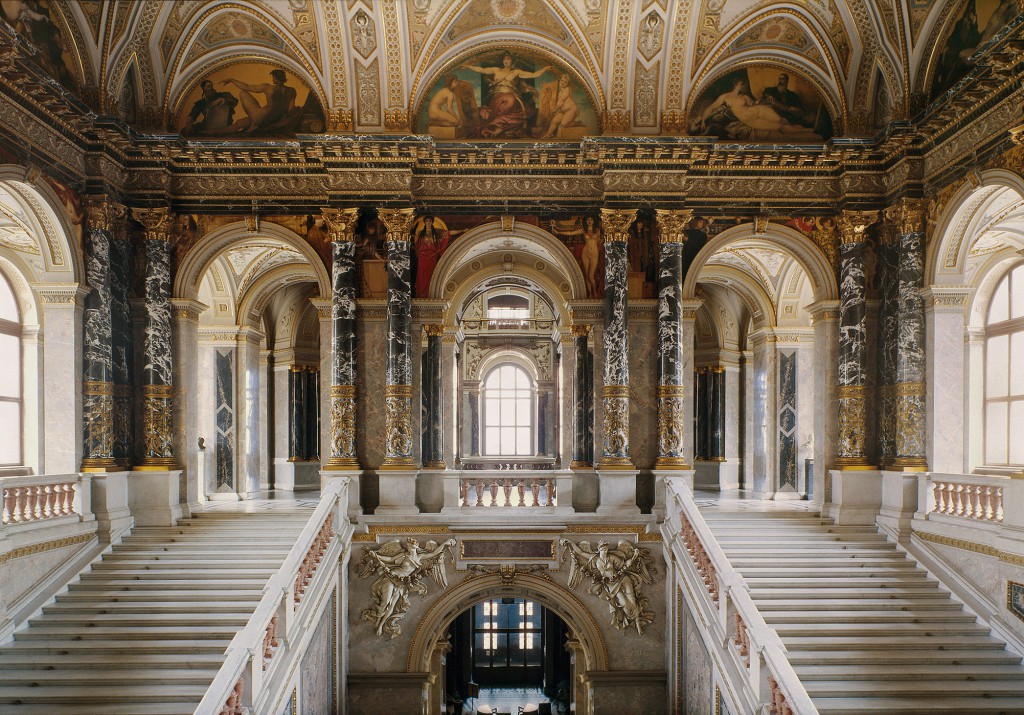
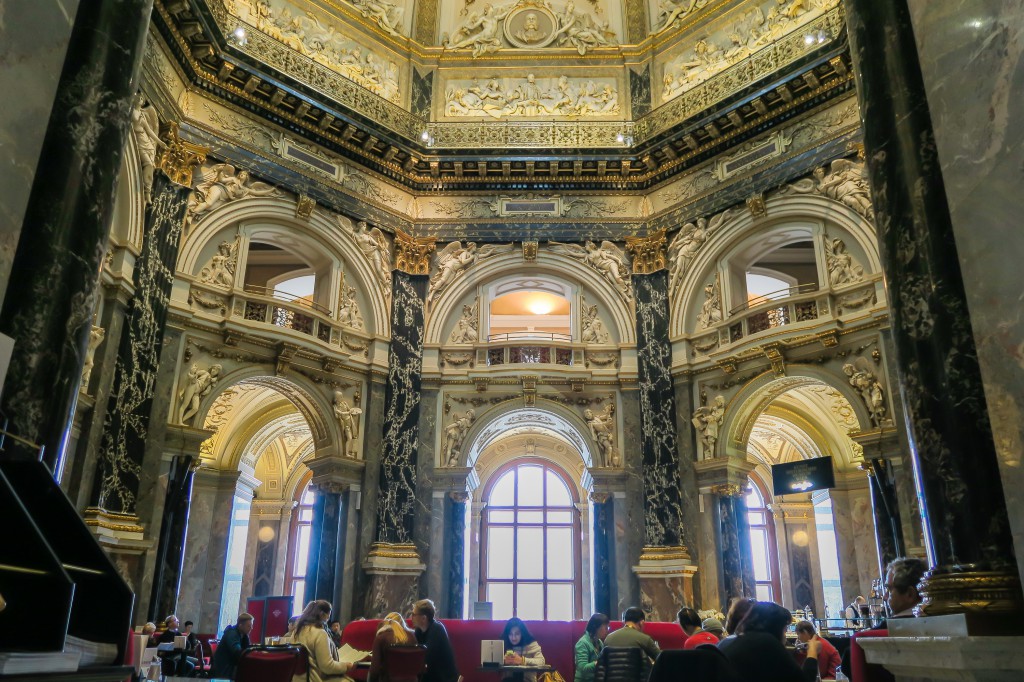
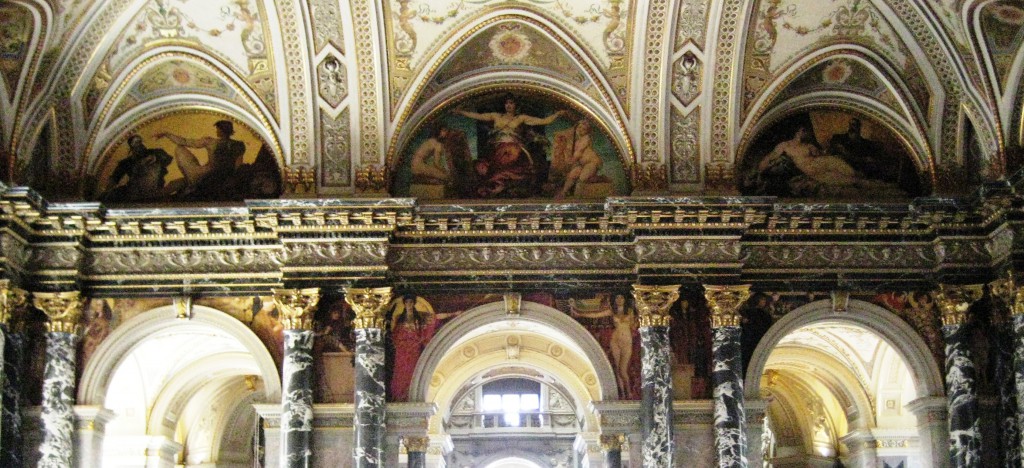
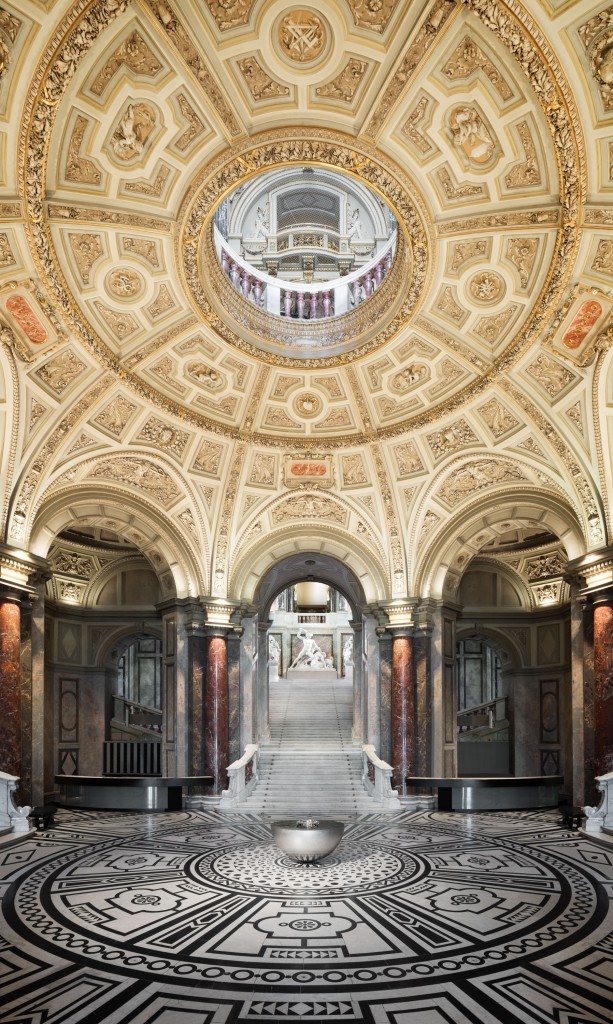
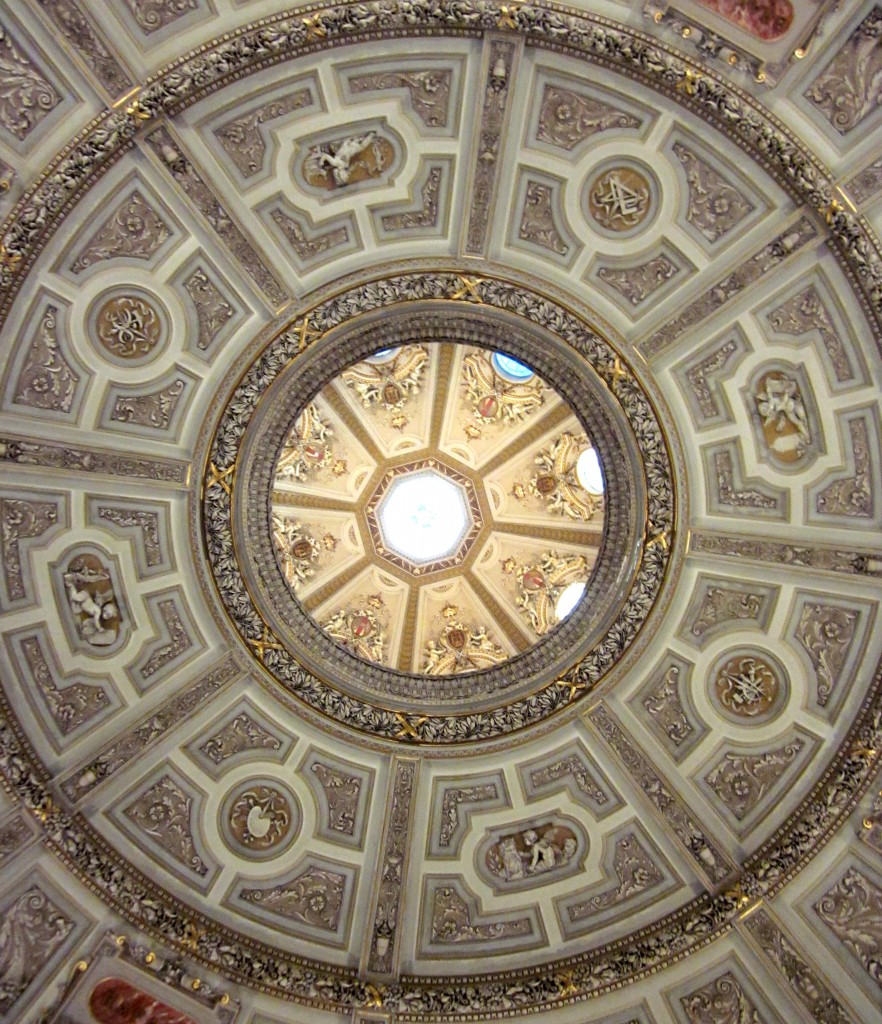
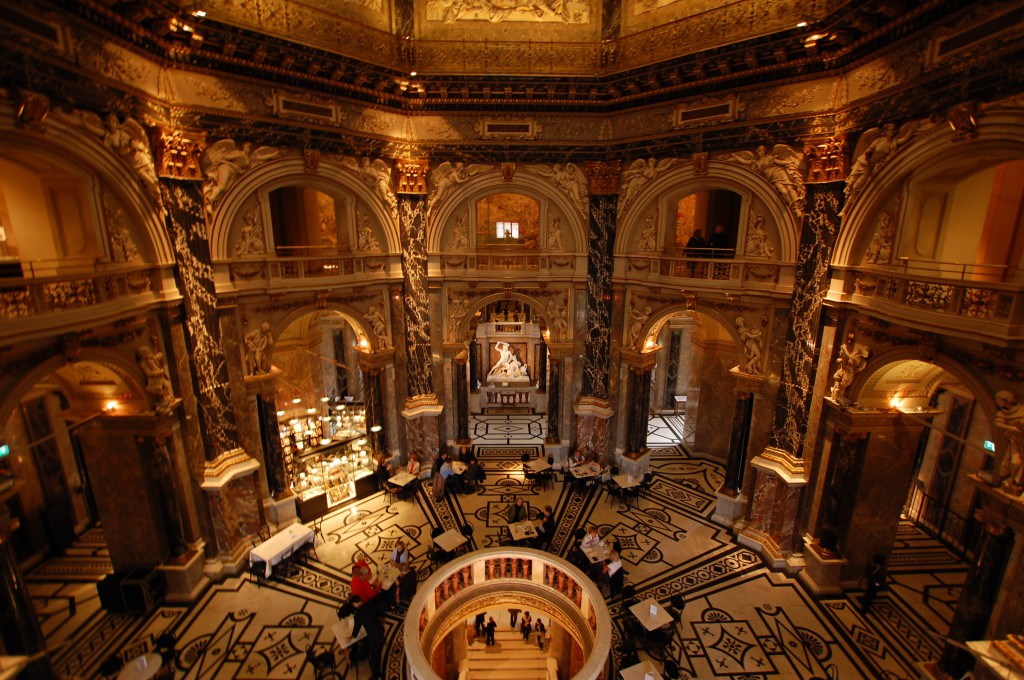

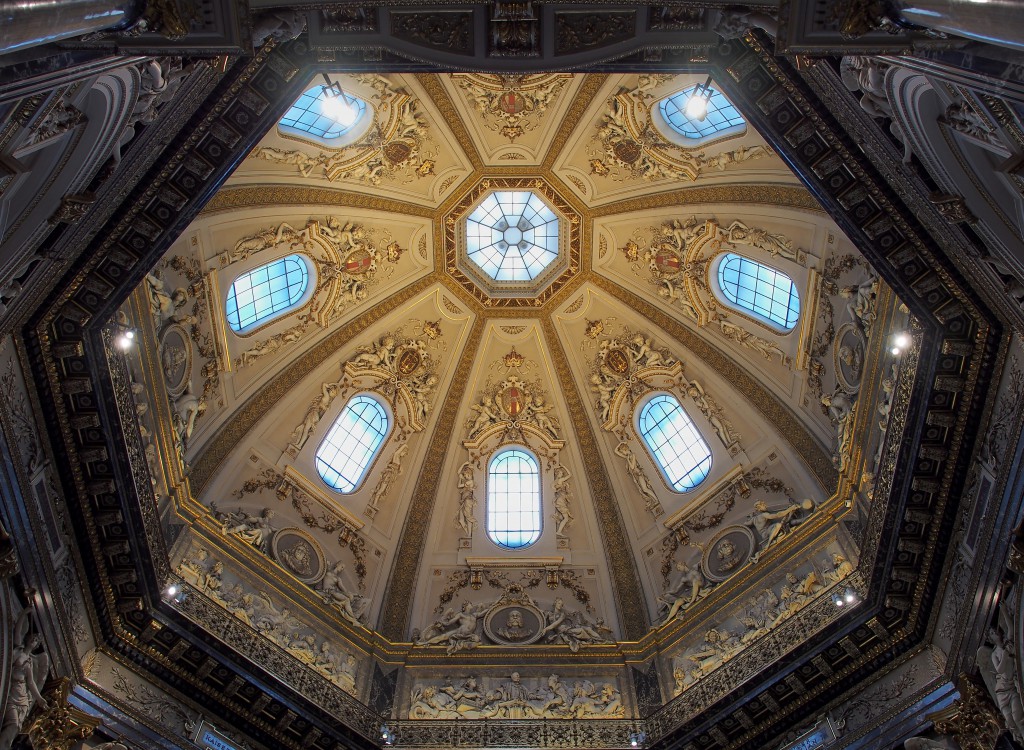
Suggested URL: http://www.viennainside.at/wien/kulinarik/neues-cafe-mit-ausblick-im-kunsthistorischen-museum-wien/
The above article is purely for appreciation and sharing purposes, as well as the construction of new technology and the public can be in-depth understanding of the information at the same time there are sources, will be able to query, no use of the document as a commercial transaction, if illegal, please inform the We will immediately remove the site, thank you for cooperation.
以上文章純粹作為欣賞及分享用途,以及將建築新型技術傳遞給與大眾能夠深入了解,同時資料還有來源,將可查詢,絕無使用該文件資料作為商業交易行為,如有違法請務必告知該網站我們將立即處理撤除,謝謝合作。

